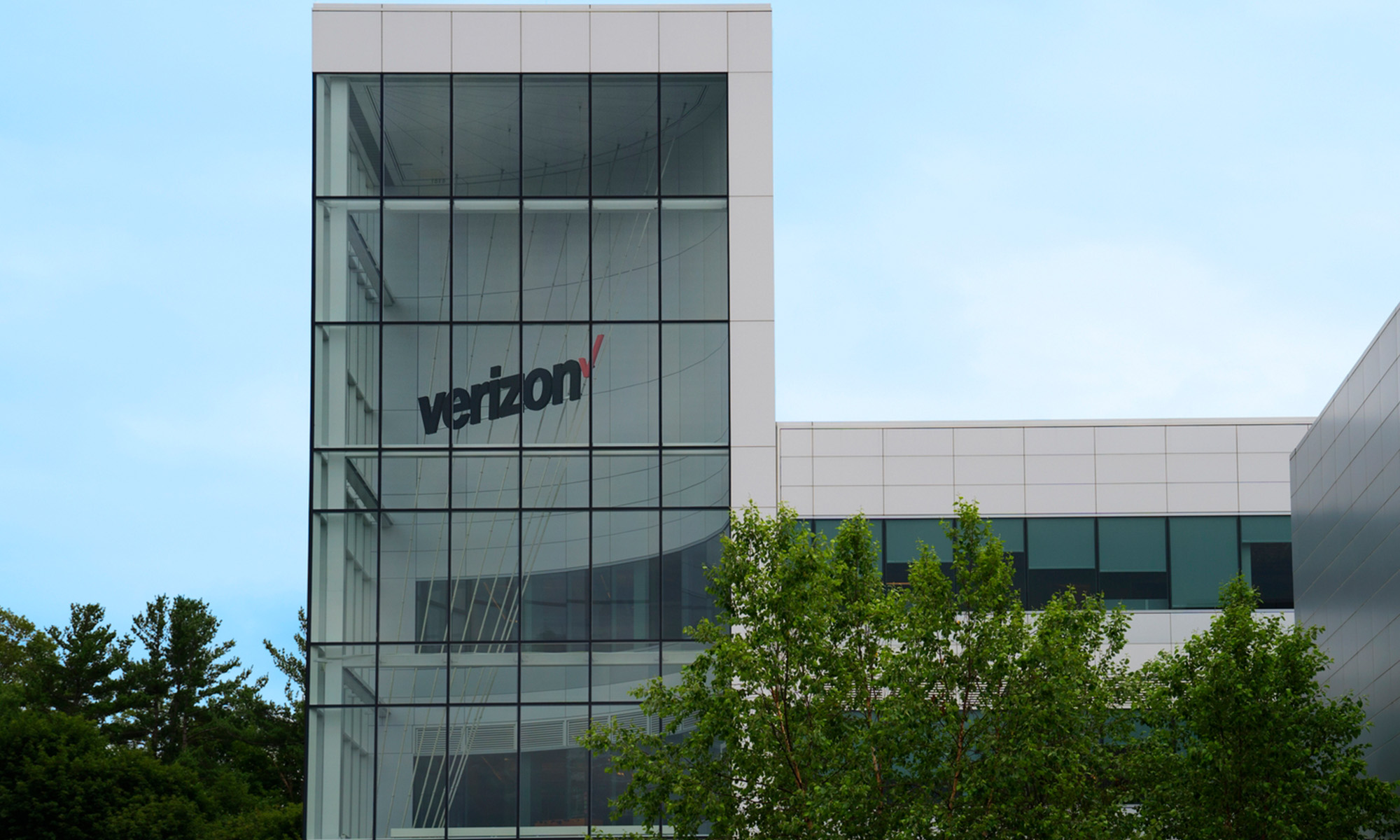Investors looking for high-yield dividend stocks can find solid options from the Dow Jones Industrial Average (^DJI 0.04%). This index includes 30 industry-leading companies that have the financial fortitude and competitive strengths to put extra cash in your account for decades.
The average yield on the S&P 500 (^GSPC 0.03%) and Dow Jones range from 1.13% to 1.50%. These Dow Jones stocks pay yields that are over twice the S&P 500 average and could pay you for decades.

Image source: Verizon Communications.
1. Verizon Communications
The monthly bills that people pay to use their phones make a leading wireless service provider a solid dividend investment. Verizon (VZ +0.40%) has increased its dividend for 18 consecutive years. At the current quarterly dividend payment of $0.6775, the stock offers an attractive forward dividend yield of 6.24%.
Verizon and AT&T (T 0.04%) have been going at it for years to win customers. While AT&T has been improving its offering over the past year to be more competitive, Verizon stock might be the more undervalued right now. Its recent trailing yield of 6.4% is much higher than AT&T's 4%.

NYSE: VZ
Key Data Points
Moreover, Verizon reported total revenue growth of 5.2% year over year in the second quarter, compared to 3.5% for AT&T. Over the past three years, the two rivals have reported roughly the same compound annual growth in revenue, with Verizon's 0.7% increase just barely exceeding AT&T's 0.6% increase.
Verizon's fixed wireless access and fiber broadband services are gaining market share. It now has more than 5 million fixed wireless subscribers and is targeting to reach at least 8 million by 2028. The company expects its pending acquisition of Frontier Communications to further accelerate its fiber and broadband growth.
As for its wireless phone service, Verizon offers the best coverage for 4G, but has lagged behind AT&T in 5G. However, its C-band rollout is pacing ahead of schedule. This is part of Verizon's 5G Ultra Wideband service, which promises to support new technologies like augmented reality, the Internet of Things, and gaming, as C-band deployment will double Verizon's 5G speeds.
Verizon generated $19.6 billion in free cash flow over the last year, yet it paid less than 60% of that in dividends. This provides ample wiggle room to manage the dividend payout, while reinvesting in the business. Overall, this is a solid dividend stock to buy for the long term.

Image source: Getty Images.
2. Procter & Gamble
Procter & Gamble's (PG +0.17%) portfolio of household products makes for the perfect recipe for growing dividends. Products like Crest, Tide, Charmin, Gillette, and Dawn generate consistent sales throughout the year. The company has paid a dividend every year since 1890.
P&G has experienced some softness from economic headwinds and tightening consumer budgets. But its brands are holding up quite well in the context of a weak sales environment. Its adjusted sales and earnings grew 1% year over year in the most recent quarter.

NYSE: PG
Key Data Points
This is a very profitable business, with a profit margin of 18%, meaning P&G converts about $0.18 of every dollar of revenue into profit that it can reinvest in the business while funding dividend payments. This reflects management's focus on investing in premium products, where consumers are willing to pay up for performance.
P&G is constantly looking for ways to make its products better that can protect its share of shelf space in stores and drive more sales. This is part of the company's competitive advantage and explains why it is an elite dividend payer.
P&G has increased the dividend for 69 consecutive years. The dividend has grown at a compound annual rate of 5% over the last decade. At the current quarterly rate of $1.0568, investors can get the stock at a forward yield of 2.68%. The company produced $15 billion in free cash flow over the last year and paid out two thirds in dividends.
Analysts currently expect the company's adjusted earnings to grow at an annualized rate of 4% over the long term, although that estimate might be more heavily weighted to recent weakness in consumer spending, and therefore, underestimating its long-term potential. Regardless, the dividend should grow in line with earnings, potentially providing investors a lifetime of growing income.









